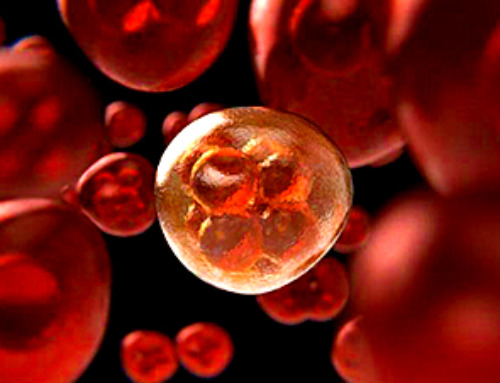From an article by Amina Khan, Los Angeles Times via phys.org:
Late at night, when the halls around her were empty, Heidi Becker positioned her subject in the crosshairs of an electron-shooting linear accelerator. Along with her companions, she arranged a cartload of heavy lead bricks to make sure the deadly radiation would hit only its intended target.
The instrument will play a key role in helping scientists determine Juno’s orientation as it takes billions of high-definition measurements of Jupiter’s punishing magnetic field. At the hospital, Becker and her fellow engineers were doing their best to mimic the lethal forces the star tracker would face. They wanted to be sure that it would survive.
Jupiter “is the scariest place,” said Becker, who leads the mission’s radiation monitoring investigation at NASA’s Jet Propulsion Laboratory. “There isn’t anything like it anywhere else.”







Leave A Comment